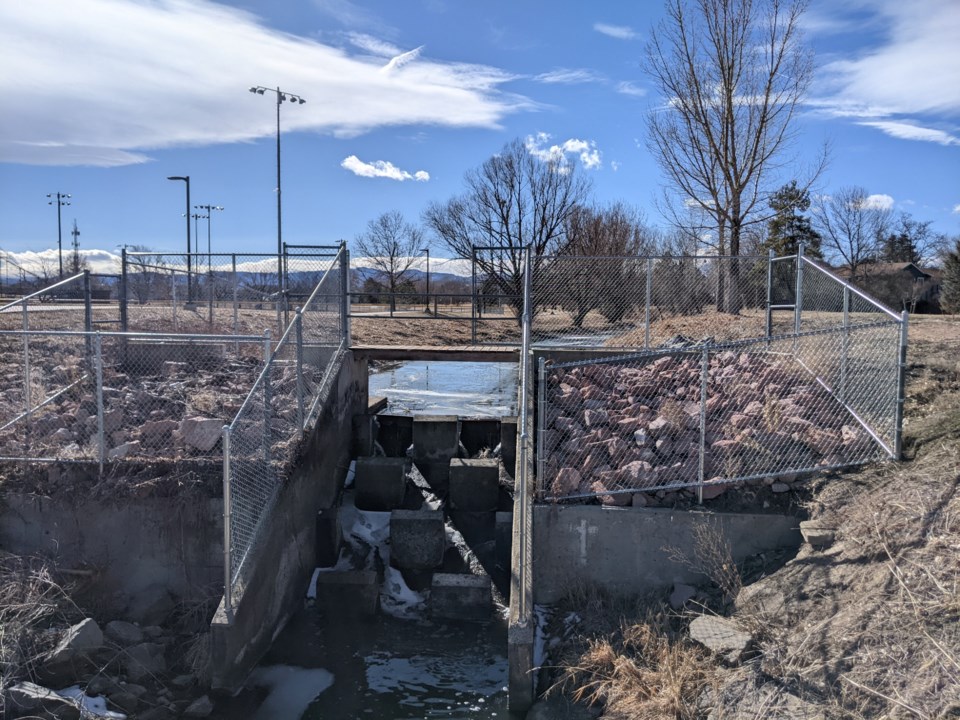As the need for water weighs on cities across the Front Range, Longmont has some advantages to navigate a world that may have less water in it.
According to data compiled by the National Oceanic and Atmospheric Administration, the three driest years in Colorado since 1900 were 2002, 2012 and 2020, driven by climate change and straining water supplies in a state where most of its population lives in a semi-arid climate.
At a conference hosted by Northern Water last week, board members emphasized that there is a growing gap between water supply and demand that is going to need to be addressed in northern Colorado.
But Longmont Water Resources Director Ken Huson said the water future looks a lot rosier for this city.
“The short answer is Longmont is a lot luckier than all those other cities and water providers,” Huson said, calling Longmont “the envy of others on the Front Range.”
The city’s water supply looks stable despite climate uncertainties, according to Huson, something that can be seen in the abundance of certain Longmont businesses reliant on water — think microbreweries.
“We’ve actually had businesses locate in Longmont because of our good water supply, because good water supply is part of their business plan,” Huson said.
Huson credits a myriad of factors to Longmont’s preparation for the water future, including planning work decades in the making and the city’s geography that will eventually cap the size of Longmont.
“We’ve had an incredible history of water leaders that have really led Longmont through decades and decades and decades of planning and thought for our water supply,” Huson said. “We’re doing quite well with our water supply, probably one of the best cities on the Front Range.”
Longmont gets water from a variety of sources: the Saint Vrain Creek Basin, the Colorado Big-Thompson Project and local storage. Those are expected to yield Longmont 23,814 acre-feet of water this year, according to Longmont’s water supply and drought management plan for 2022/2023, which was approved Monday by the city’s water board.
An acre-foot of water equals roughly the annual water use of two to three families, and Longmont is expected to need 17,206 acre-feet of water in 2022. That means Longmont will have 141% the amount of water demanded by users this year.
In 2002, the driest year on record in Colorado, Longmont had 113% of water supply versus demand. In the second driest year on record for the state, 2020, that ratio was 138% thanks to both increased water supply and reduced demand. Despite Longmont’s growth over nearly two decades, water demand was only 200 acre-feet more in 2020 compared to 2002.
Huson said it was the work of Longmont citizens for that reduction in water demand, adding that the city’s water conservation plan will be updated in the next few years with additional efforts.
For over half a century, Longmont has required that properties annexing into the city meet certain water dedication requirements that provide supply for the new land coming into the city.
“That has really served Longmont well,” Huson said.
Much of the land around Longmont is irrigated through ditches, which typically have relatively senior water rights, so they provide good amounts of water even during dry years. When that land is annexed into the city, those historical water rights are dedicated to Longmont.
Additionally, Longmont’s extensive planning is assisted by the fact that the city can only grow so big due to its geography. This gives an idea of how many people Longmont will need to plan for down the road.
“Longmont’s a little unique among a lot of water suppliers and cities in that we have a very discreet growth area,” Huson said.
Huson explained that Longmont also has gone through a rigorous process looking at future demand identifying vulnerabilities to future water supply, one of the big ones being climate.
Through that process, the city identified where it would need to add eventual water supply and is working toward that now. The biggest of those projects is the Chimney Hollow Reservoir, which should bring the city another 7,500 acre-feet of water.
That, combined with the water expected to come into the city through annexation, means Longmont should be well set for the future.
“We have well in excess of the water we’re using today because there’s a lot of land that’s annexed but not fully developed yet,” Huson said. “Our other water right acquisitions and programs have kind of given us a good cushion right now between what we use and what we have. We have plans to acquire the rest of it over the next 20 or 30 years.”
Of course, Huson said that there’s no way to know for certain what the future will bring. If all that planning isn’t enough, though, there are additional contingency plans.
“We have other water supply strategies we would implement if even the worst of the worst of our evaluations were to prove insufficient in the future,” Huson said. “We have other projects we can do.”



